On a cold day in January, 1974, a 19-year-old girl boarded a plane in Cork, bound for London.
Arriving amid a train strike, heavy suitcase in tow, eventually she decided to take a taxi to complete her journey to Lewisham Hospital. She was on her way to begin her National Health Service (NHS) nurse’s training.
“The taxi headed off past Elephant and Castle and Camberwell,” Dr Olive McKeown recalls. “I hadn’t been in that part of London before and it was pretty run down and dreary; Lewisham was a bit of a dump. As we approached the hospital, on one side of the road was a big modern block of flats and I thought that must be the hospital, but of course, it wasn’t. It was the very unimpressive red brick building on the other side. My heart sank. I thought, ‘God, what have I got myself into’?”
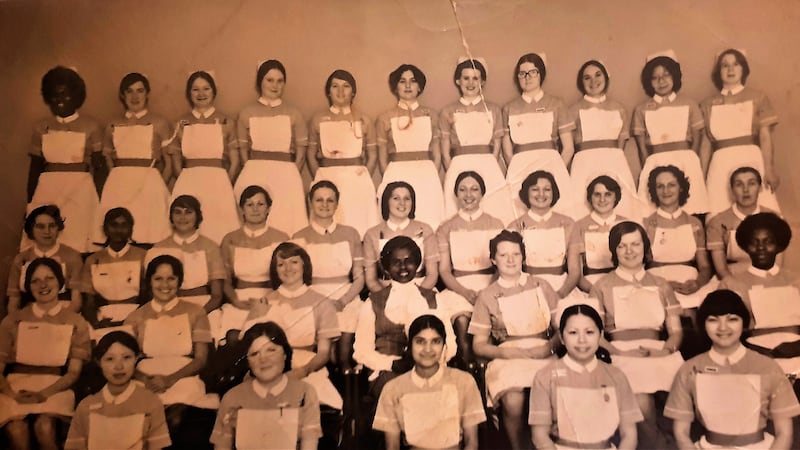
But just 24 hours in, the young Olive found herself ensconced in Grove Park nurse’s home, a former TB hospital nearby where the Lewisham trainee nurses lived, and settling in with a group of girls that were mostly Irish. “We were all women, and I’d say 80 per cent to 90 per cent were Irish girls,” McKeown says. “There were two English people in a group of 35 to 40. There were a few West Indians, but it was predominantly an Irish group.”
READ MORE
While she had completed her Leaving Cert and was quite well-travelled, she initially worried that she wouldn’t fit in with many of the other girls, who were often from sheltered, rural, highly religious west of Ireland backgrounds. But there were shared experiences and values and over time, “lifelong, very sound friendships developed”, she says.
Now retired from a career during which she gained an MA and then a PhD, and working in addiction and mental health services, before becoming a nursing consultant and teaching at London Universities, today McKeown lives a short walk away from her early Grove Park accommodation. She never moved back to Ireland, instead raising her family of three boys in London.
When she was diagnosed with cancer in 2020, receiving treatments amid the isolation of Covid measures in healthcare, it was the friendships she made 50 years earlier with other young Irish nurses that saw her through. “That group of friends that I first met at Lewisham just completely flocked around me,” she says. “While we were all busy bringing up children, we didn’t see each other much, but they all came back into my life, big time. It brings me back to the beginning when I first arrived and met those lovely people.”
McKeown’s experience of leaving Ireland to train in the English health service is familiar to many: thousands of young, mainly female, emigrants did so, from the time of the founding of the NHS in 1948.
Over 30,000 Irish-born nurses
In fact, by 1971, there were over 30,000 Irish-born nurses working in the NHS, says Prof Louise Ryan. This was 12 per cent of all nurses in the service.
To accumulate the vast workforce required for the NHS, the English government held large recruitment drives, not only in Ireland but in Hong Kong, the Caribbean, Nigeria and Zimbabwe among others. They would advertise in local papers and book hotel rooms to hold on-the-ground interviews in Irish towns and cities.
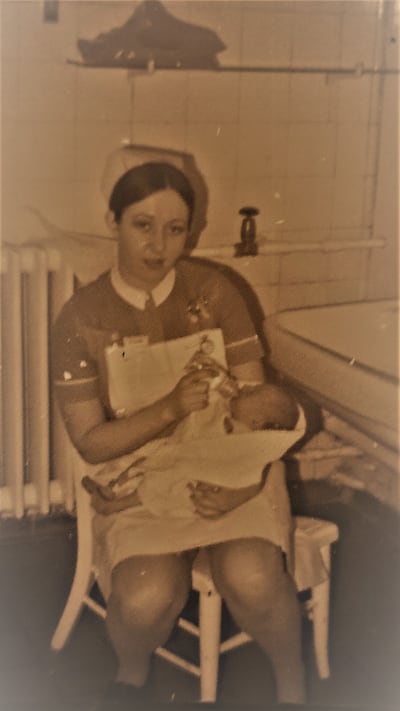
Ryan, originally from Cork but now working at London Metropolitan University, has been working on an ambitious oral history project for which she has interviewed 45 Irish nurses about their experience in the National Health Service, including McKeown.
Irish Nurses in the NHS: an oral history project, includes Ryan’s research work as well as a photographic exhibition and film, and an associated podcast series, the Irish Nurses in the NHS, produced by Kerry radio producer Gráinne McPolin, who was herself a nurse for more than 30 years. The first three episodes will be available from Wednesday, July 5th on podcast platforms. A photographic exhibition of Irish nurses in the NHS opens at London Metropolitan University on July 12th.
The 75th anniversary of the founding of the service means the time is ripe to celebrate the often overlooked contribution of Irish nurses, says Ryan. While the contributions of other migrant nurses have been recognised, she feels there’s a curious blind spot when it comes to Irish emigrant women.
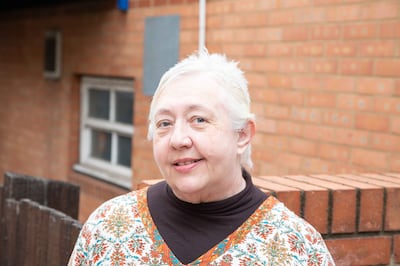
“When people talk about migrant nurses in the NHS there’s quite a dominant narrative about nurses coming from the former colonies and the Caribbean,” she says. “It’s very important to say that all of the ethnic minority groups who contributed so enormously to the NHS have to be recognised equally. But just paying attention to one or two groups doesn’t do justice to the enormous diversity of the NHS workforce.
‘Taken for granted’
“It’s actually quite hard to challenge the invisibility of Irish women migrants, particularly in the NHS. They were taken for granted. They were there in great numbers, and maybe because they were white, they just kind of blended in and became part of the furniture.
“Even now, we’re still really pushing and not getting the traction from the British media that we are from the Irish media. So this is why we’ve got this project, and we’ve had Irish government funding to try to get that story out there.”
Delving into the reasons why young Irish women were so drawn to NHS work, Ryan notes that, in a time of poor prospects for many on Irish soil, English pay and conditions were a better prospect than training in Ireland at the time. “Training in Ireland was very expensive and places were limited,” she says. “It was not a meritocracy. There was a waiting list.
“You had to buy your own uniform and books, whereas in England, it was treated like a job and you got paid and you had accommodation in a Nurse’s Home. So it was an easy sell.”
Bernie Naughton, who grew up in rural Co Tyrone and left to train at Joyce Green Hospital in Dartford, Kent (about 30km southeast of central London) in 1965, the day before her 18th birthday, agrees with that Irish nurses in the NHS have been overlooked. “Recognition for the Irish nurses’ contribution has been missing all along,” she says. “I really applaud Gráinne and Louise for telling the story, because Irish nurses made an enormous contribution to both the workforce and the lives of very many people.”
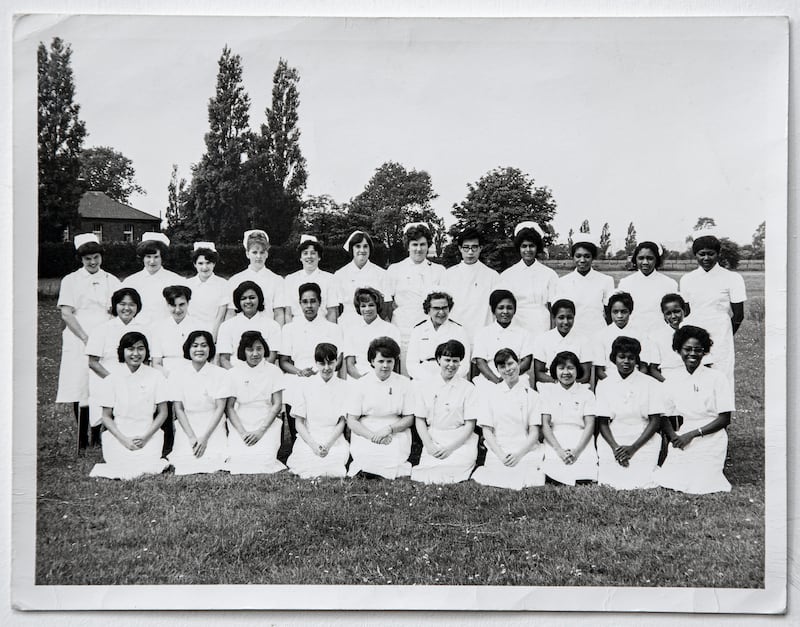
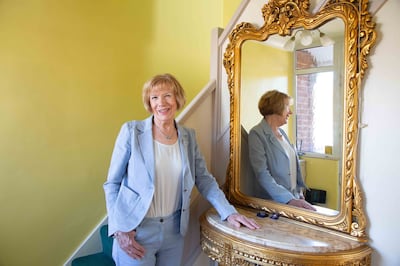
While Bernie’s story has much in common with Dr McKeown’s, in other ways it’s drastically different. She had never been on a train or a plane before her departure for England, and says the culture shock of the first couple of days of her new life in England was significant.
“Within the first 24 hours I was meeting people of different races, from countries I had never even heard of,” she says. “I couldn’t understand a word anyone was saying and I don’t think they could understand me either.”
Prejudice
Being teased about their accents, by patients and English staff, was something Naughton and McKeown recall in their early working life as nurses in England. But both say the atmosphere was generally warm and appreciative.
But when Naughton went on to work in Birmingham as a district nurse at the time of the Birmingham pub bombings in the 1970s, anti-Irish prejudice was rife, even dangerous. “You wouldn’t open your mouth on the street,” she says. “That was when I really experienced prejudice and I think that was true for most Irish people there at the time, no matter their contribution to society.”
Like McKeown, Naughton raised her family in Britain and had a very successful career, in which she gained an MBA, moving from clinical nursing to management and then working as a practice manager in a large GP’s business until retirement in 2020.
“I think that wherever I ended up, I made a positive contribution, and so did so many of my Irish colleagues,” she says. “We made a significant difference in people’s lives.”












